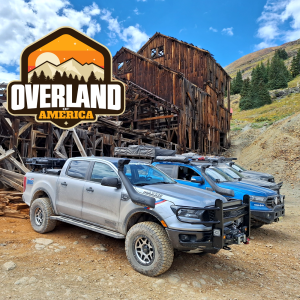Most common rule for forklift horns is any time you come to an intersection you have to honk.
Always drive backwards when possible.
A lot of companies are installing the blue lights that point ahead in the path to give people a visual indication that a forklift is coming.
Always drive backwards when possible.
A lot of companies are installing the blue lights that point ahead in the path to give people a visual indication that a forklift is coming.













